
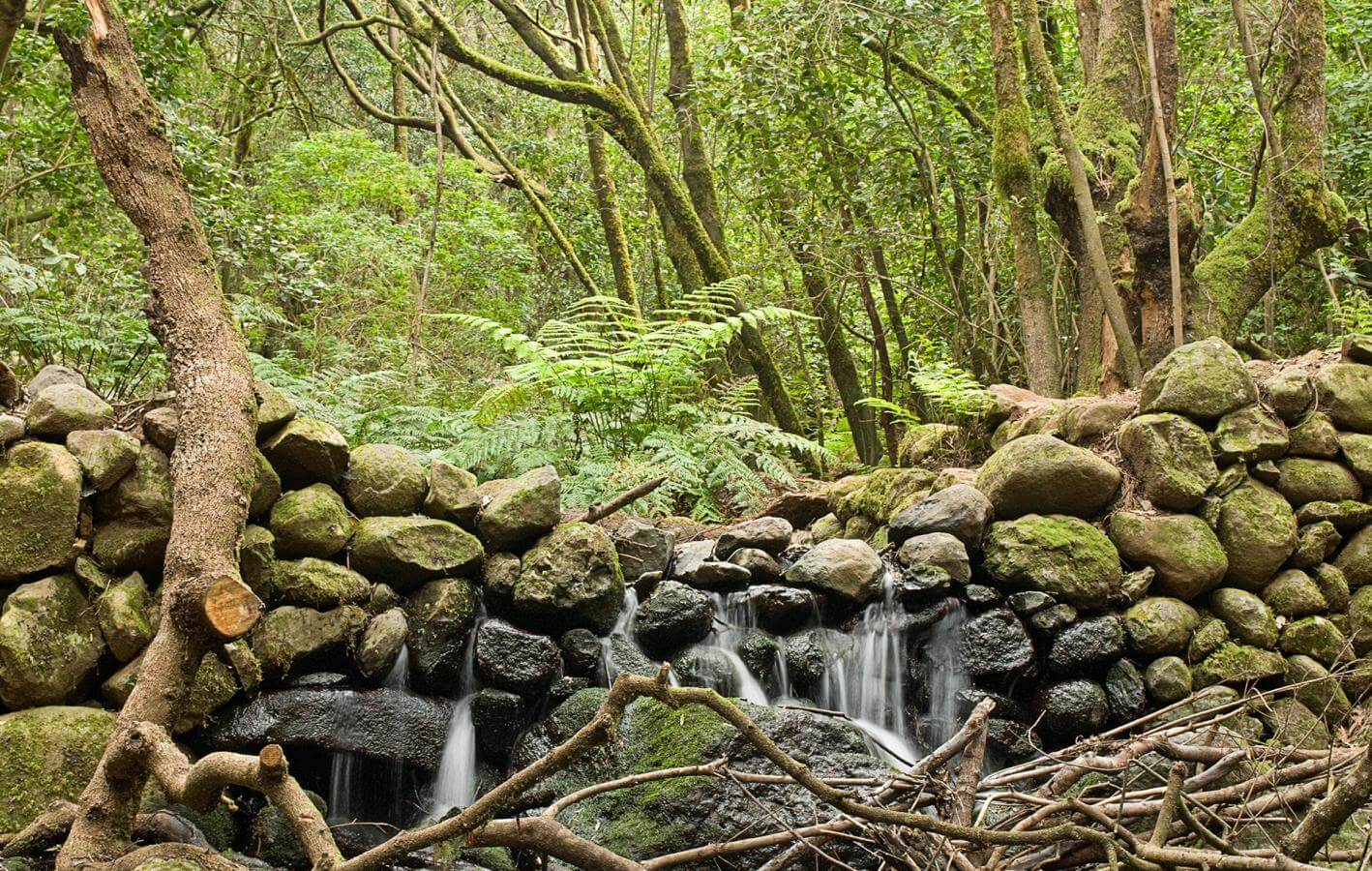


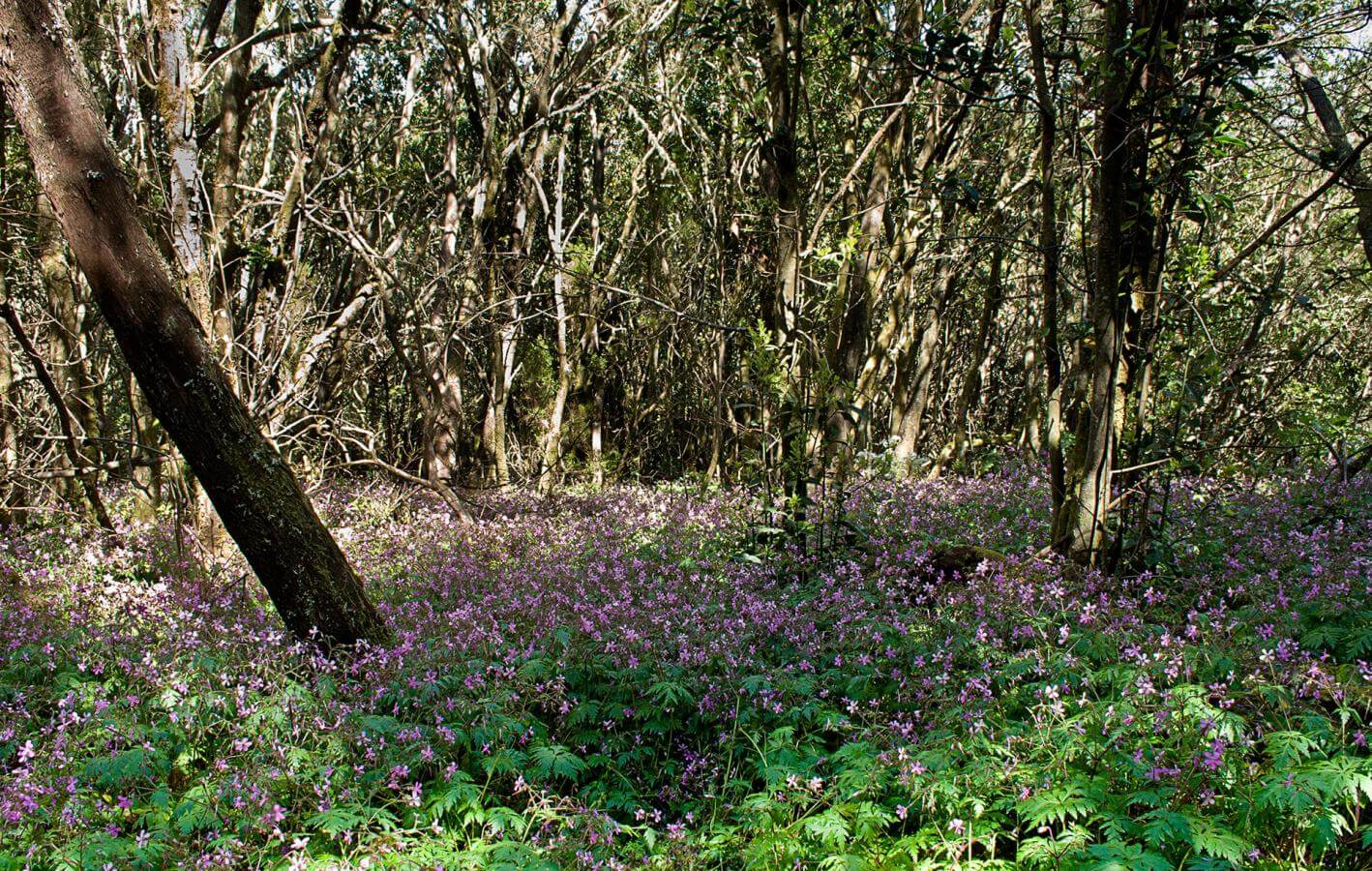

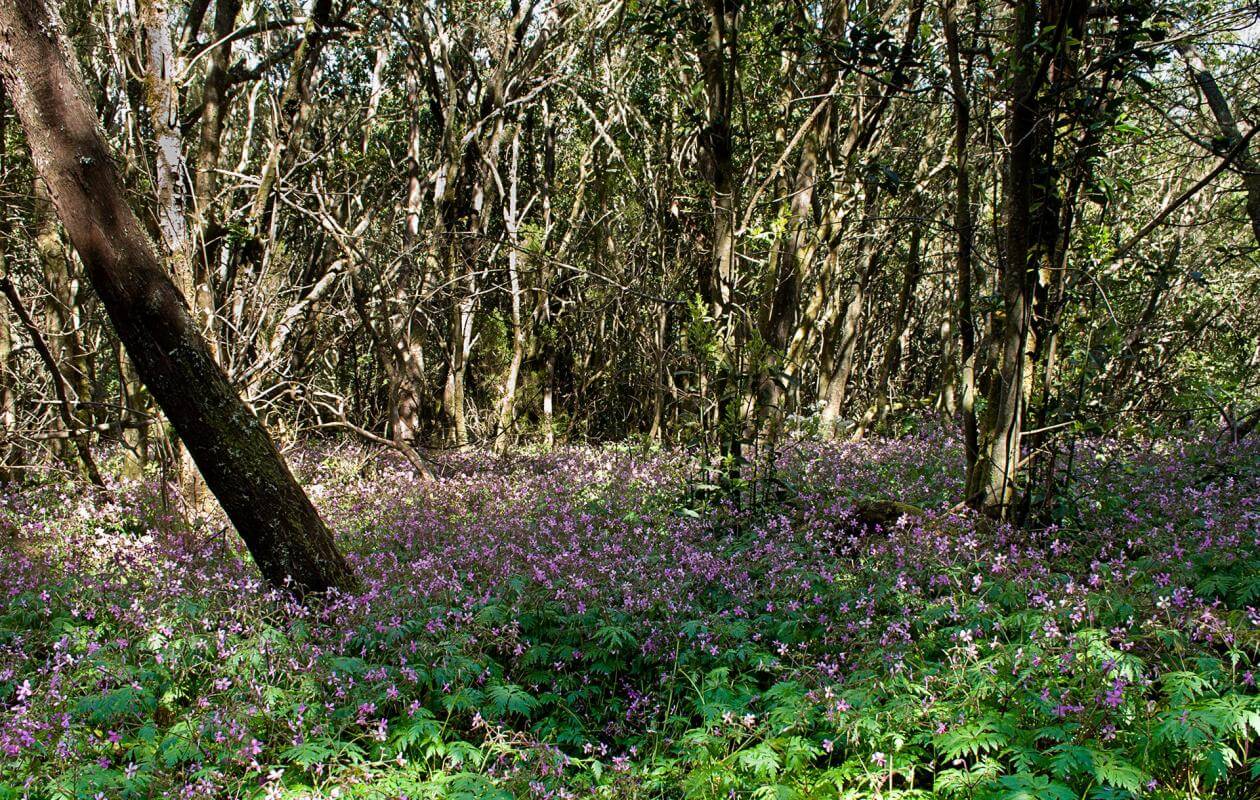
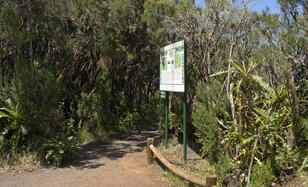
A clearing at the edge of the road marks the start of this trail, which is probably the best-known on the island. The name contadero refers to the past use of this area to count the amount of wood that was extracted from the forest.
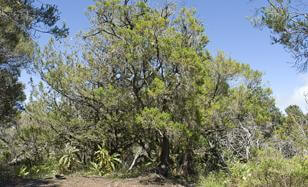
In this heath forest, you will be surrounded by gnarled trees covered in moss at the height of 1300 metres on the peak of this slope. The trade winds bring moisture-laden clouds that precipitate when they come up against the branches of these trees and thus keep this forest alive. Below the heather trees, four species of fern live in the humid conditions created by the forest. As you continue, the trees become taller as they are less exposed to wind, reaching what could be called almost gigantic proportions for this species.
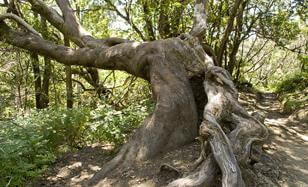
Along with heather, now you also have the Myrica faya or the faya as it is known in La Gomera, which becomes more and more abundant in this section. It should not be confused with the continental beech; among other differences, the Myrica faya is evergreen. You can recognise this local species by its long leaves with irregular edges. Shepherds on La Gomera used the wood of this tree to make the poles that they used to vault over ravines.
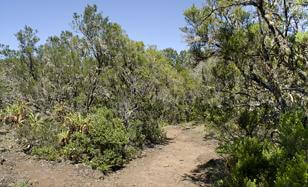
You are now in a less dense part of the forest where sunlight penetrates, if the trade winds have not brought in too much fog. The vegetation in this glade is very different and demonstrates the evolution of the forest. When old trees fall down, they create these clearings where plants that need sunlight then take root, while the rest of the forest canopy is maintained until the next glade of this kind.
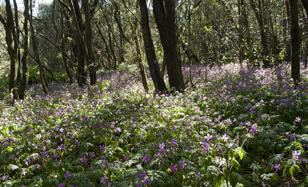
The trail goes through a flat section that used to be an old carbonera where charcoal was made; you might even find a piece of charcoal lying on the ground. In olden times, the forest was also a source of fuel for domestic use. In areas like this clearing, wood would undergo a slow week-long combustion process that turn it into charcoal. This was hard work that required constant monitoring and was abandoned with the advent of petroleum derivatives more than fifty years ago.
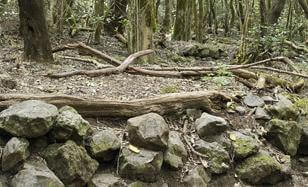
Garajonay was declared a National Park in 1981. Before this time, the mountainous forest was intensively exploited. Along the trail, you have piles of stones that were the walls that created small, terraced cultivation plots. This forest takes its name from the nearby settlement of El Cedro where over 100 residents depended on the forest for survival.
Only after completing more than half of the trail, do you see the first laurel tree, the species that is the namesake of the laurisilva. In forests like Garajonay where the conditions are ideal, these trees grow to be quite large. To tell if it is a laurel, look for small dots along the central vein of the leaf and if there are berries, they should look like black olives.
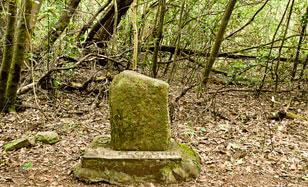
Only after completing more than half of the trail, do you see the first laurel tree, the species that is the namesake of the laurisilva. In forests like Garajonay where the conditions are ideal, these trees grow to be quite large. To tell if it is a laurel, look for small dots along the central vein of the leaf and if there are berries, they should look like black olives.
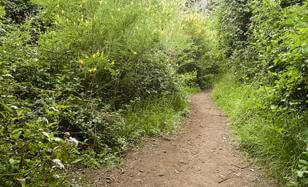
Before being declared a National Park, the forest was used for many different purposes, even for youth camps. This clearing was created for just such a campsite, which was later taken down and relocated to an area outside the laurisilva. Here you can see how shrubs like bramble and laburnum are preparing the area for the laurisilva to once again, slowly but surely take root and make this clearing a part of the interior of the forest.
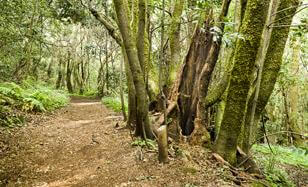
You are now at the bottom of the valley where it is most humid and the soil most fertile. Here you have some of the best samples of trees that can be called the giants of the laurisilva. Persea indica, the dominant species in this area, creates an impressive wall of vegetation with its large leaves. If you look at the ground and see a carpet of red leaves, you are standing under a Persea indica tree, as its leaves acquire this red tone when they are dry. You also have the El Cedro stream very close by, which is the main source of water in La Gomera and ends as a waterfall in the Hermigua valley that used to power half a dozen watermills. The water was also used to irrigate crops and still maintains this function. This water also keeps the forest alive and from the colossal trees on either side, you can see that it is thriving.
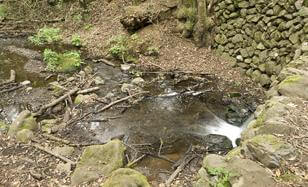
The name of this place come from the word for wicker (mimbre) that is used to make baskets. Basket weavers would soak the wicker here in the El Cedro stream to make it more flexible and thus easier to weave into baskets, which used to absolutely essential for the transport of goods and of the harvest.
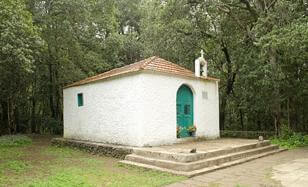
This hermitage has a curious past. It dates back to 1935, when it was built by an English governess employed by a wealthy family. For many years, the celebrations held here on the last Sunday of August were the most important on the island. Since 1984, this celebration has been replaced by a procession and a mid-day meal where even today, the baile del tambor, the main proponent of La Gomera's traditional folklore, is performed.
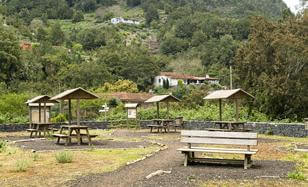
The town of El Cedro is reminiscent of the times when the people lived off the forest. The houses with two-sloped shingled roofs are located on both sides of the small valley that ends in a waterfall. This settlement is not part of the National Park and still maintains the traditional practice of creating terraced cultivation plots on the slopes.
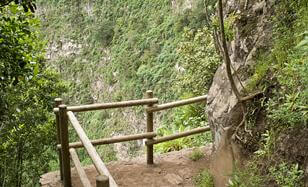
Here you can see the head of the Hermigua valley with the waterfall that originates in El Cedro. At 135 metres, this permanent waterfall is the largest of its kind in the Canary Islands. Though it is no longer functional, there used to be a hydroelectric power plant at the Los Tiles dam that provided the town of Hermigua with electricity.
- Never leave waste of any type lying around, including cigarette butts. Leftover food leads to a proliferation of rats and wild cats, which pose a serious threat to the fauna.
- Respect the animals. Do not bother them or feed them. If you see an injured specimen, you can call the emergency number: 112. Do not pick flowers or plants.
- Do not pick up or take away stones or any other item from the natural environment. And do not move them to pile them up into sadly famous 'towers'.
- Respect the signposting along trails. Leaving the set paths causes damage to the environment and could also be dangerous for you and anyone with you.
- It is safer to keep your pet on a lead.
- Try not to alter the peace of the environment with excessive noise (loud music, yelling, etc.).



